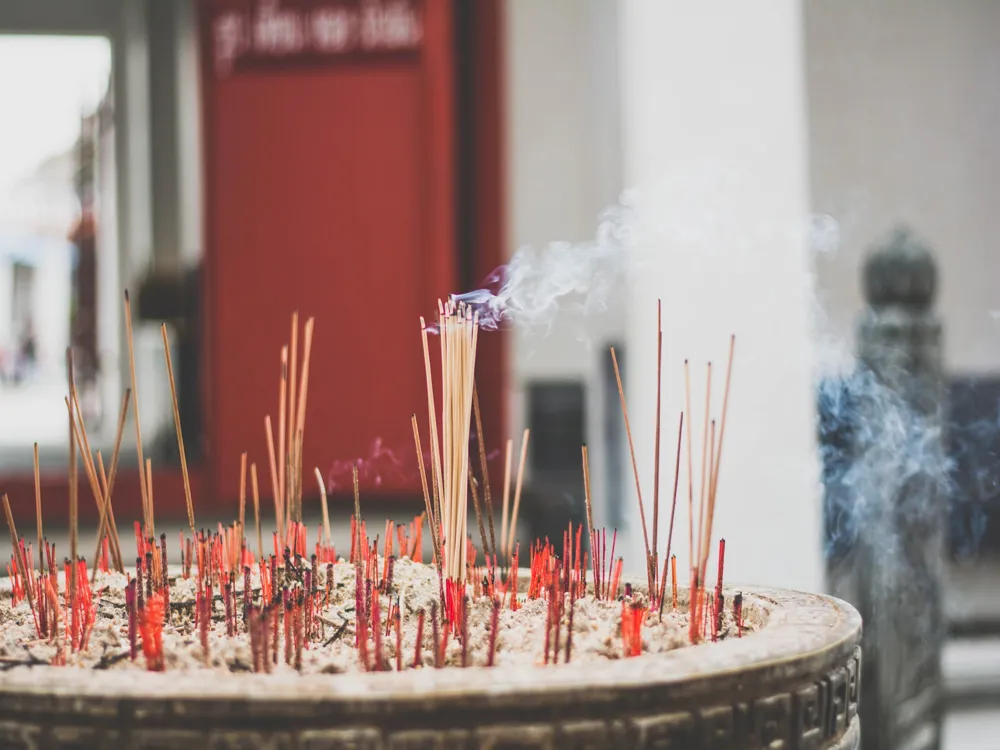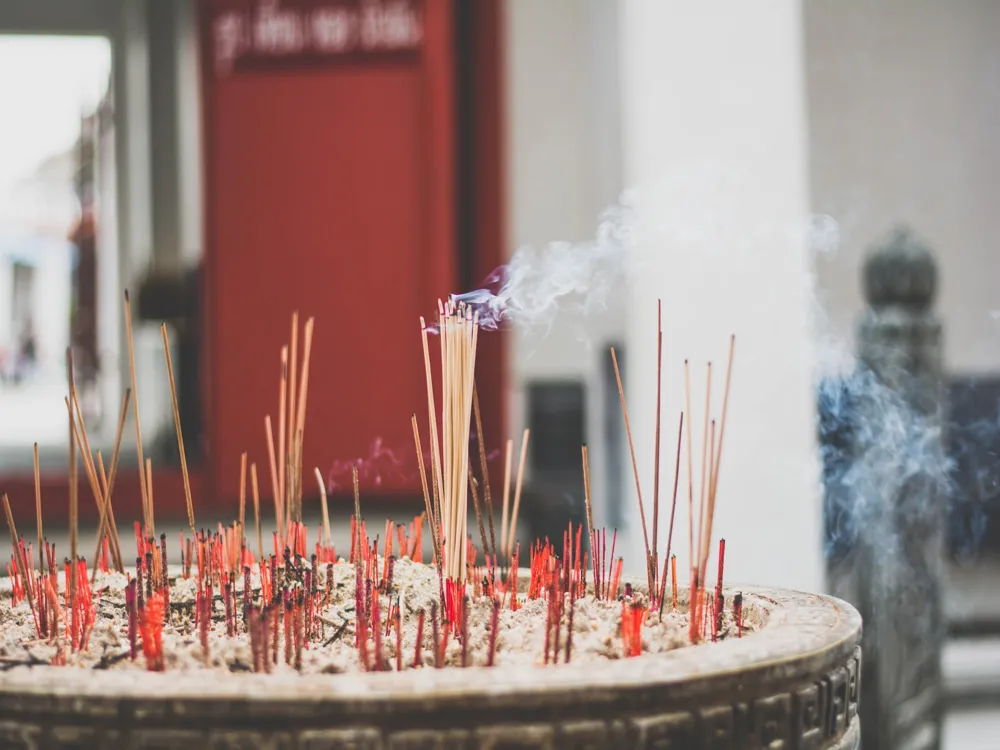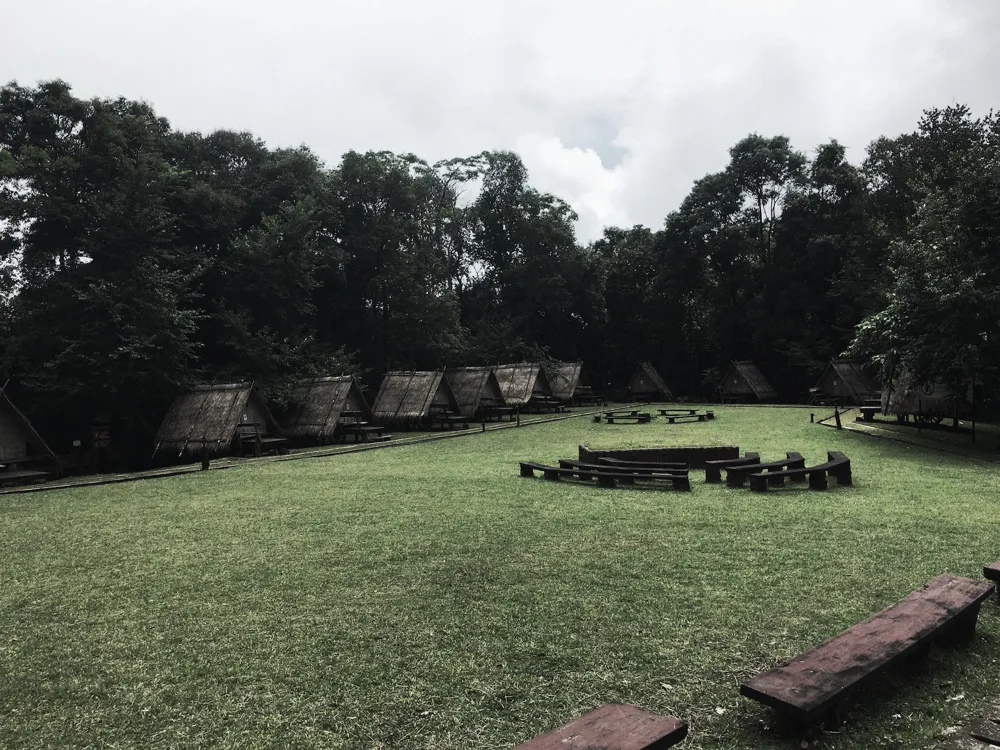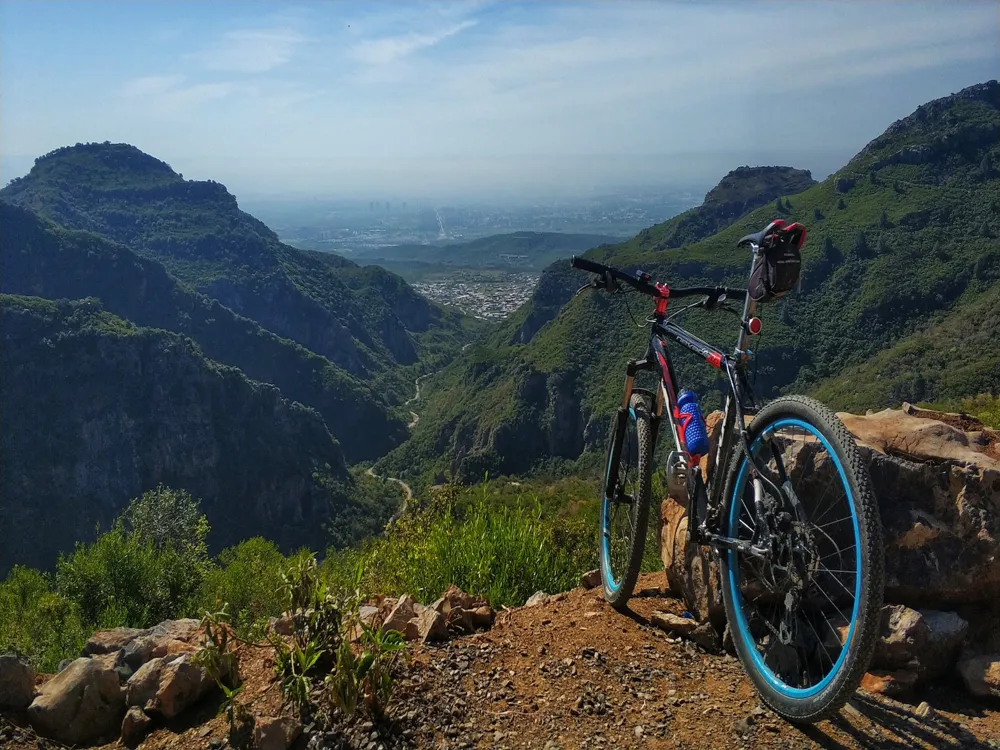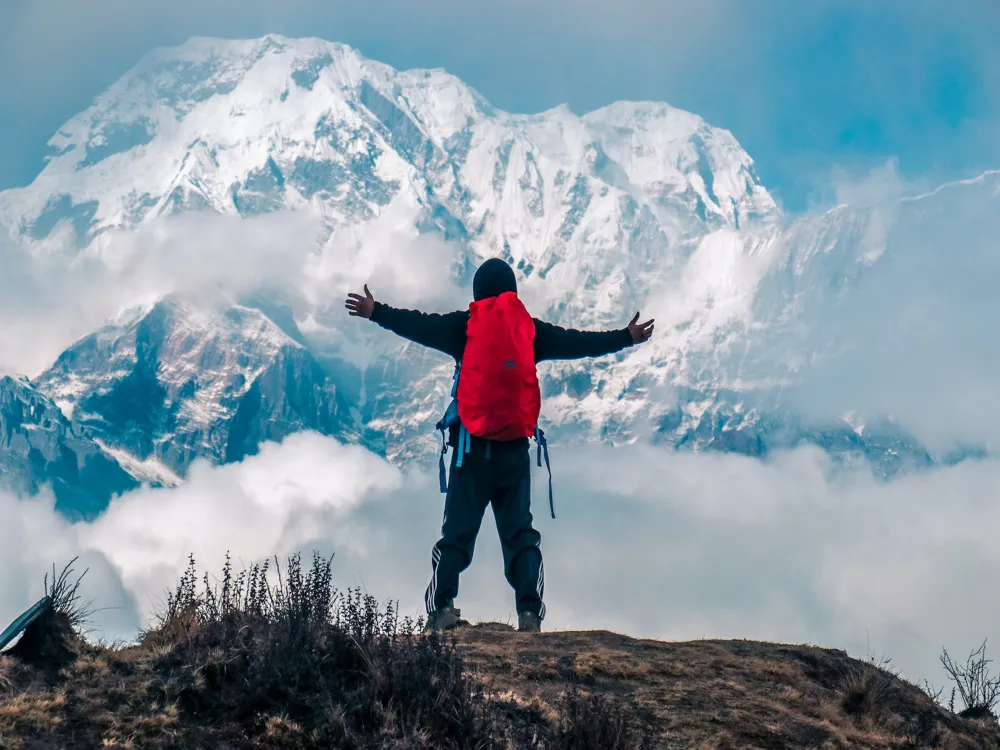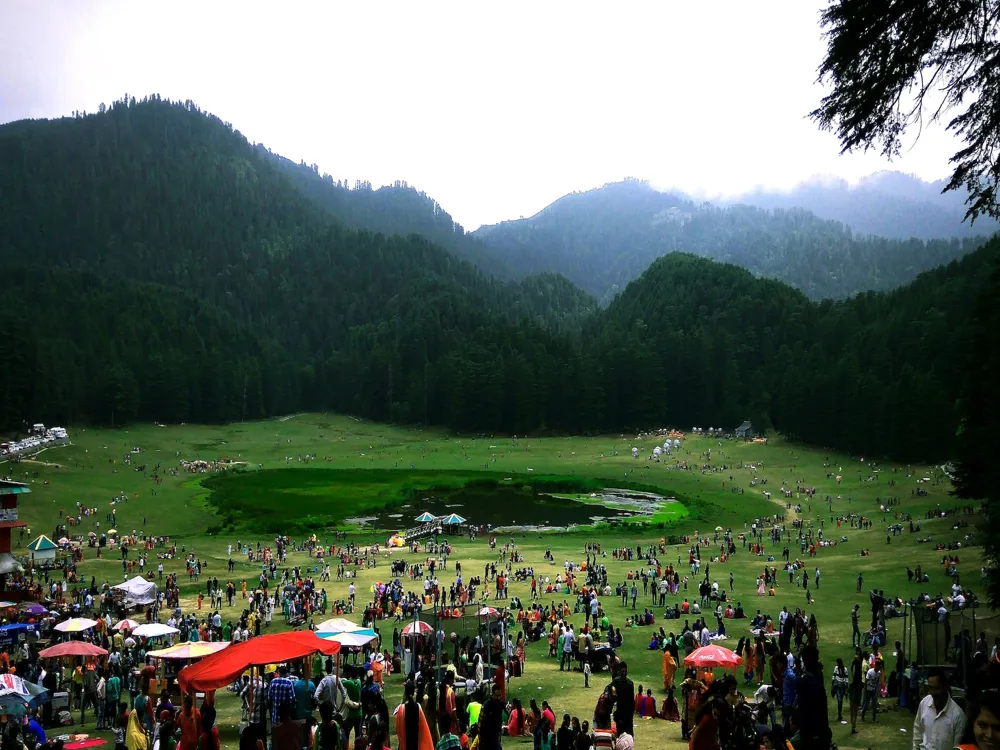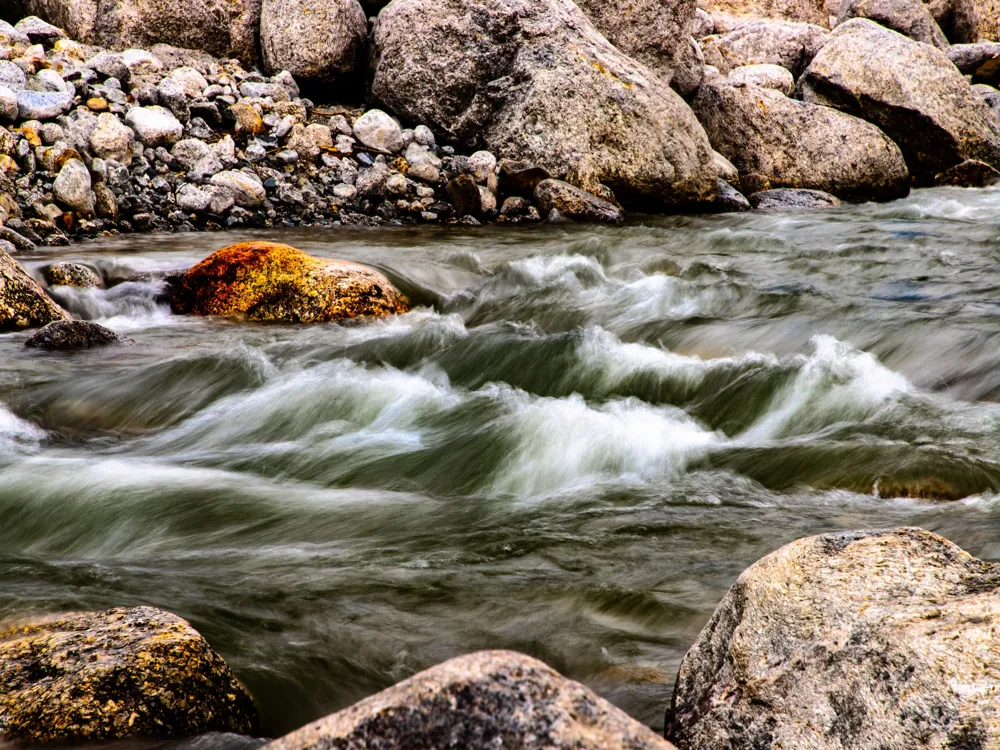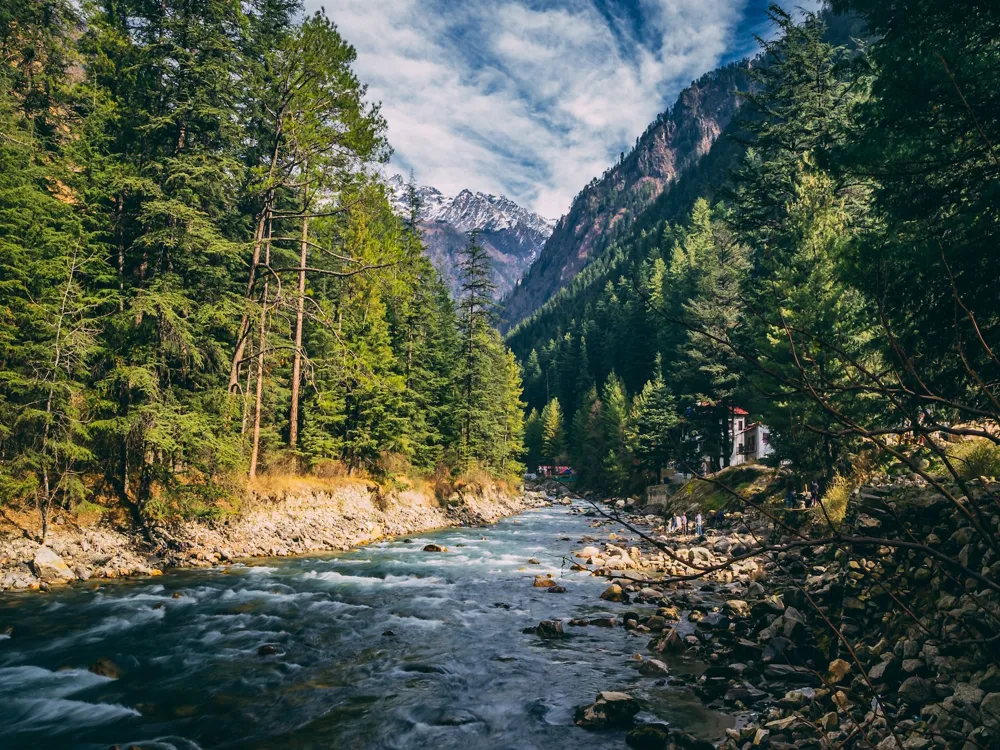Nestled in the serene valleys of Kangra in Himachal Pradesh, the Jwala Devi Temple stands as a beacon of faith and history. This ancient temple, dedicated to Jwala Ji or the Goddess of Light, is not just a religious site but a marvel of cultural heritage. The temple is uniquely famous for its eternal flames, which are considered a manifestation of the Goddess herself. Pilgrims from all over the world visit this sacred place to witness the divine flames and seek blessings. The legend of Jwala Devi goes back centuries and intertwines with various mythological tales. According to Hindu mythology, it is believed that the tongue of Goddess Sati fell here when Lord Vishnu, in an attempt to calm Lord Shiva, used his Sudarshan Chakra. This act resulted in the creation of 51 Shakti Peethas, with Jwala Devi Temple being one of them, representing the goddess's tongue. The history of this temple is enriched with numerous stories and legends that add to its mystical allure. The Jwala Devi Temple is not just a symbol of spiritual significance but also a testament to the rich cultural fabric of India. Throughout the year, the temple witnesses a plethora of festivals and ceremonies that showcase the vibrant traditions and rituals of Hindu worship. The most prominent among these is the Navratri festival, celebrated twice a year with great fervor, attracting thousands of devotees. Visiting the Jwala Devi Temple is a unique experience, combining spirituality, history, and natural beauty. The temple's surroundings, with the Dhauladhar ranges in the backdrop, provide a tranquil and rejuvenating atmosphere for visitors. This revered site offers a sense of peace and divinity, making it a must-visit destination for spiritual seekers and tourists alike. The Jwala Devi Temple of Kangra is an architectural marvel that beautifully blends traditional Indian styles with local influences. The temple's design reflects the Nagara style of architecture, characterized by its beehive-like shikhara (spire). This style is prevalent in North Indian temples and is known for its intricate carvings and geometric patterns. The entrance of the temple is adorned with a magnificent archway, leading to a courtyard surrounded by a colonnade. This colonnade houses small shrines dedicated to various deities, adding to the temple's spiritual aura. The main sanctum, where the eternal flames burn, is a modest structure yet holds immense significance. The sanctum's simplicity contrasts with the elaborate exterior, drawing focus to the divine flames that have been burning for centuries without any apparent fuel source. The temple complex also includes a water tank, considered sacred by the devotees. This tank, known as the Kund, is believed to have medicinal properties and plays a vital role in the temple's rituals. Pilgrims often take a dip in this holy water before offering prayers at the temple. The art and sculpture of the Jwala Devi Temple are noteworthy, with intricate carvings depicting various gods and goddesses, as well as scenes from Hindu mythology. These carvings not only enhance the temple's beauty but also tell stories of the past, making the walls of the temple akin to a visual scripture. The temple's architecture is a harmonious blend of divine inspiration and human craftsmanship. The use of local materials and traditional techniques in its construction reflects the deep connection between the temple and its surrounding landscape. This connection is further exemplified by the temple's alignment with the natural elements, particularly the way it harnesses the earth's natural gas emissions to keep the sacred flames alight. Visitors should dress modestly, covering shoulders and knees, as a sign of respect to the temple's sanctity. Remove shoes before entering the temple premises and maintain silence inside the sanctum to preserve the spiritual atmosphere. Engage in the temple rituals, but always seek guidance from the temple priests for the correct procedures. The temple area is home to monkeys. Keep your belongings secure and avoid feeding them to prevent any unwanted encounters. Visiting during festivals like Navratri can be a unique experience, but be prepared for larger crowds and longer wait times. The Jwala Devi Temple is accessible by various modes of transportation, making it convenient for pilgrims and tourists. The nearest airport is at Gaggal, around 46 kilometers away. Regular flights connect Gaggal to major cities like Delhi and Chandigarh. From the airport, taxis or buses can be taken to reach the temple. For those preferring to travel by train, the nearest railway station is at Pathankot, which is approximately 123 kilometers from the temple. Pathankot railway station is well-connected to different parts of the country, and from there, one can hire taxis or board buses to Jwala Devi. Road connectivity to Jwala Devi Temple is excellent. State-run and private buses operate regularly from cities like Delhi, Chandigarh, and Shimla. For a more comfortable journey, hiring a taxi or self-driving is also a good option. The scenic beauty of the route adds to the overall experience of the journey. Read More
Overview of Jwala Devi Temple, Kangra, Himachal Pradesh
Architecture of Jwala Devi Temple
Tips When Visiting Jwala Devi Temple
Dress Appropriately
Follow Temple Etiquette
Participate in Rituals
Be Mindful of Monkeys
Check Festival Dates
How To Reach Jwala Devi Temple
Jwala Devi Temple
Kangra
Himachal Pradesh
NaN onwards
View kangra Packages
Weather :
Tags : Temple
Timings : 5:00 AM - 10:00 PM (Summer)/ 6:00 AM - 9:00 PM (Winter)
Time Required : 1-2 hours
Aarti Timings : Mangal Aarti- Summer: 5:00 AM - 6:00 AM, Winter: 6:00 AM - 7:00 AM
Panjupchaar Pujan- After Mangal Aarti
Bhog Aarti- Summer: 11:00 AM - 12:00 PM, Winter: 11:00 AM - 12:00 PM
Evening Aarti- Summer: 7:00 PM - 8:00 PM, Winter: 6:00 PM - 7:00 PM
Shaiyan Aarti- Summer: 9:00 PM - 10:00 PM Winter: 8:00 PM - 9:00 PM
Planning a Trip? Ask Your Question
Also Refered As:
Jwalamukhi
Kangra Travel Packages
View All Packages For Kangra
Top Hotel Collections for Kangra

Private Pool

Luxury Hotels

5-Star Hotels

Pet Friendly
Top Hotels Near Kangra
Other Top Ranking Places In Kangra
View All Places To Visit In kangra
View kangra Packages
Weather :
Tags : Temple
Timings : 5:00 AM - 10:00 PM (Summer)/ 6:00 AM - 9:00 PM (Winter)
Time Required : 1-2 hours
Aarti Timings : Mangal Aarti- Summer: 5:00 AM - 6:00 AM, Winter: 6:00 AM - 7:00 AM
Panjupchaar Pujan- After Mangal Aarti
Bhog Aarti- Summer: 11:00 AM - 12:00 PM, Winter: 11:00 AM - 12:00 PM
Evening Aarti- Summer: 7:00 PM - 8:00 PM, Winter: 6:00 PM - 7:00 PM
Shaiyan Aarti- Summer: 9:00 PM - 10:00 PM Winter: 8:00 PM - 9:00 PM
Planning a Trip? Ask Your Question
Also Refered As:
Jwalamukhi
Kangra Travel Packages
View All Packages For Kangra
Top Hotel Collections for Kangra

Private Pool

Luxury Hotels

5-Star Hotels

Pet Friendly







